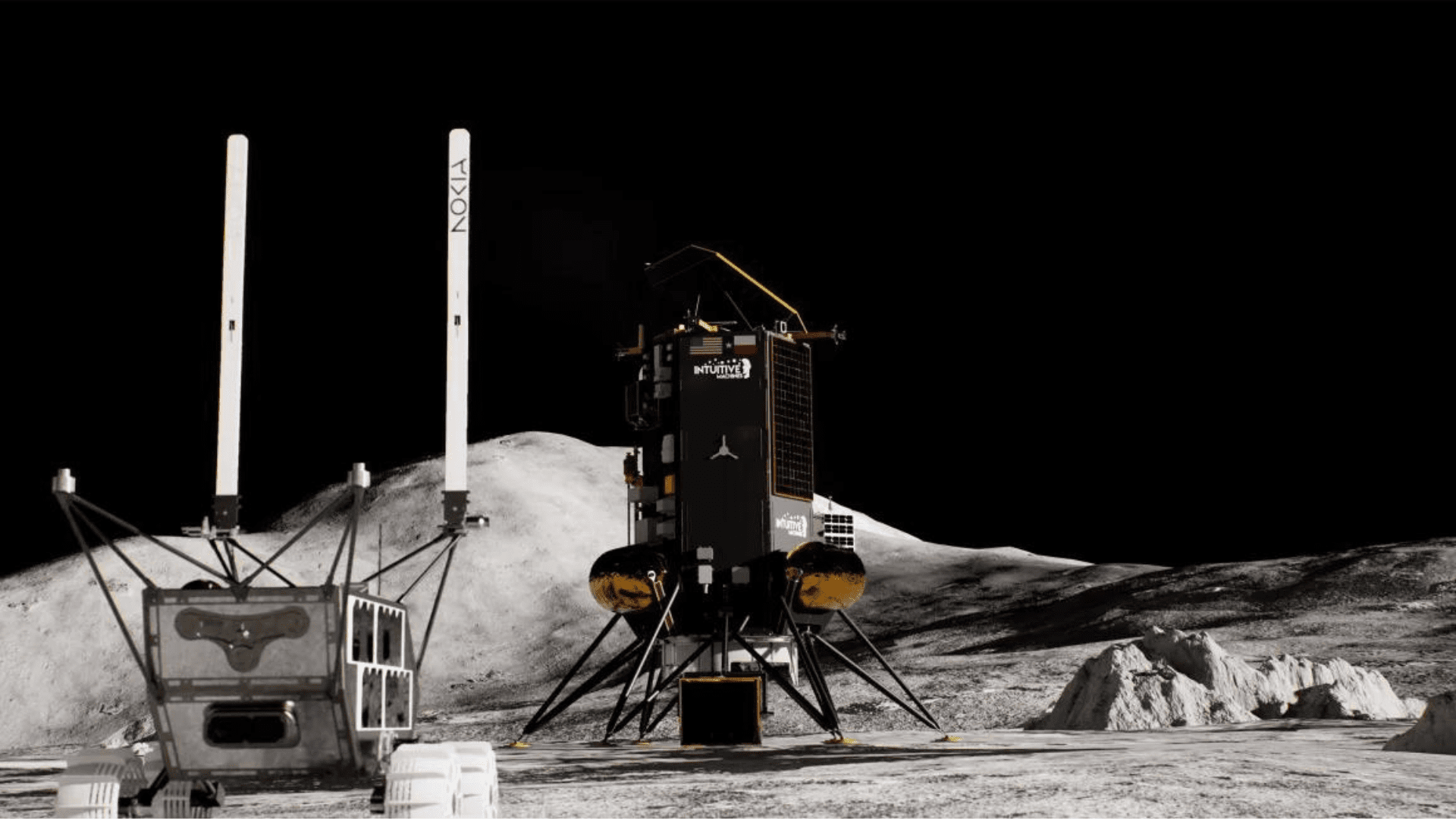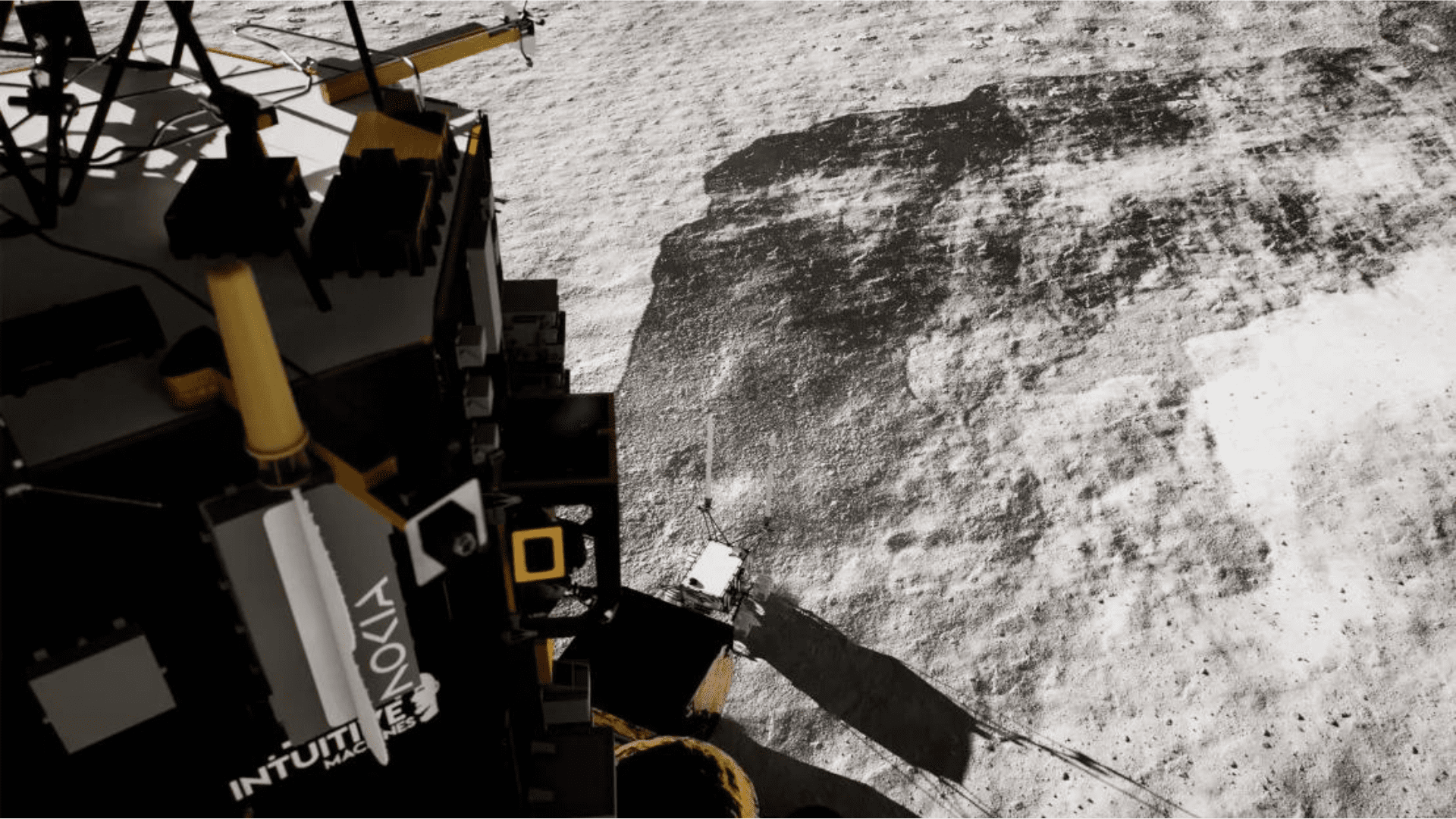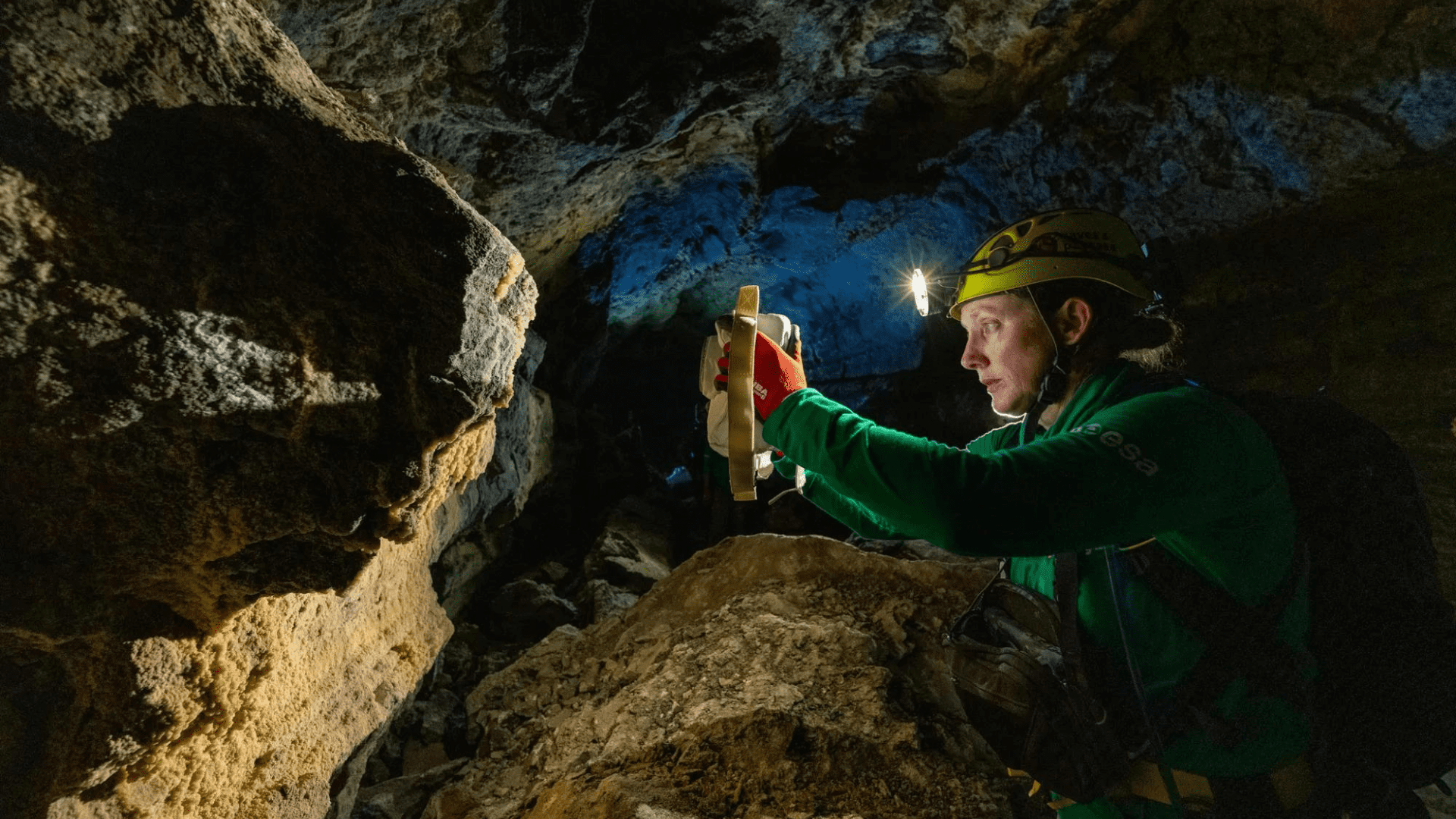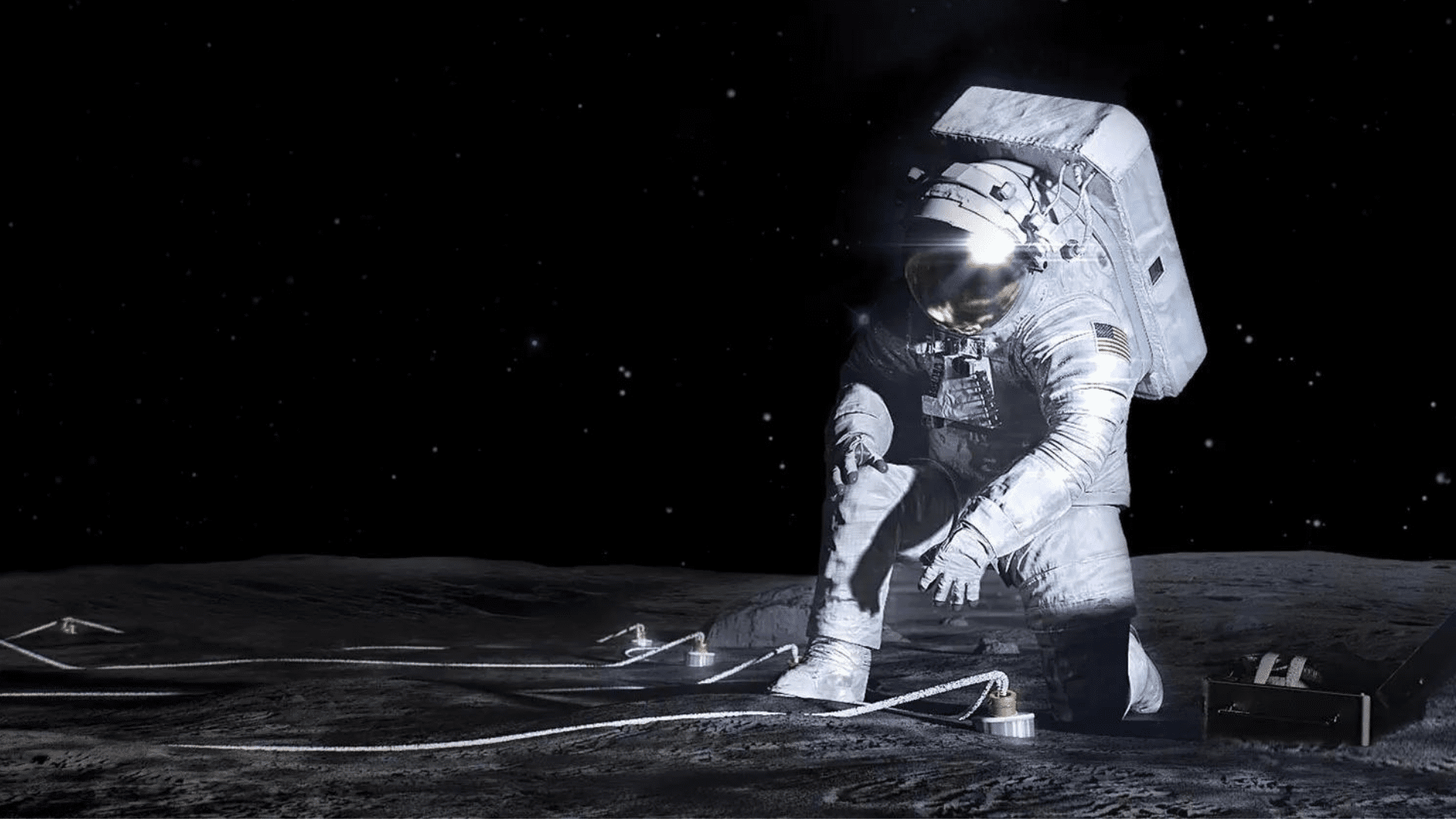The idea of streaming or texting in space is not far from reality. There is a push to send 4G connectivity to the Moon. This move sets up long-term human presence in space.
4G Network on the Moon

NASA and Nokia are teaming up to send a 4G cellular network to the Moon. They want to lay the foundation for a long-term presence on other planets. A SpaceX rocket carrying a simple 4G network is set to launch this year. The lander will set the network up at the lunar south pole, and it will be remotely controlled from Earth.
Walt Engelund is the deputy associate administrator for programs at NASA’s Space Technology Mission Directorate. In an interview with CNN, he said, “The first challenge to getting a network up and running is having a space-qualified cellular equipment that meets the appropriate size, weight, and power requirements, as well as being deployed without a technician.”
Another challenge on the surface of the Moon is the harsh conditions, which include extreme temperatures and radiation.
Nokia’s Bell Labs is building the 4G network with off-the-shelf commercial components. Intuitive Machines is responsible for building the lunar lander that will carry the network. Once the network is deployed, it will connect the lander via radio equipment to two roaming vehicles. The vehicles have a mission of their own—finding ice.
The Lunar Outpost rover and the Micro-Nova hopper will explore separate locations on the Moon to scan for ice. It would be a world first if the rovers could find ice and transmit the photos back through the cellular network. Oxygen and fuel potential within lunar ice could help missions from the Moon to Mars.
For the Artemis program, network connectivity is crucial.
Explore Tomorrow's World from your inbox
Get the latest innovations shaping tomorrow’s world delivered to your inbox!
I understand that by providing my email address, I agree to receive emails from Tomorrow's World Today. I understand that I may opt out of receiving such communications at any time.
Critical Connectivity

Astronauts don’t lack communication in space, they talk to each other through radios. But, NASA is aiming for a lunar communications system that can support high-resolution video and science data, according to Engelund. This is more so as the Artemis missions continue to get more sophisticated. NASA and Nikon are already working on a mirrorless camera for Artemis III.
Engelund believes communicating on the Moon is equally important as water, power, and air. He said, “Eventually, this effort will help establish a lunar communications network that could give our explorers the ability to beam scientific data back, confer with mission control, and talk to their families as if they were walking down the street on their cellphones.”
The network opens up the possibility for an “off-world” internet similar to Earth. Personal devices could connect to the network, allowing space explorers to access any smartphone or device apps. The US Defense Advanced Research Projects Agency (DARPA) selected Nokia to create the communication infrastructure to serve as the “framework for the lunar economy eventually.”
Thierry Klein, president of Bell Labs Solutions Research, told CNN, “A future lunar economy will critically depend on communication technologies to collect and analyze data, share information, and maintain and control operations.”





